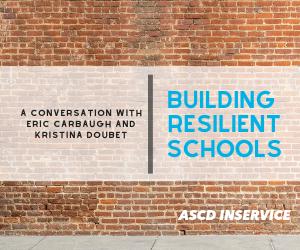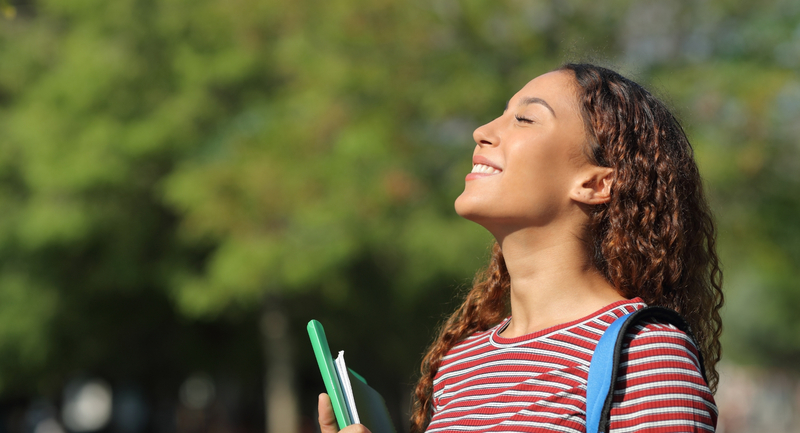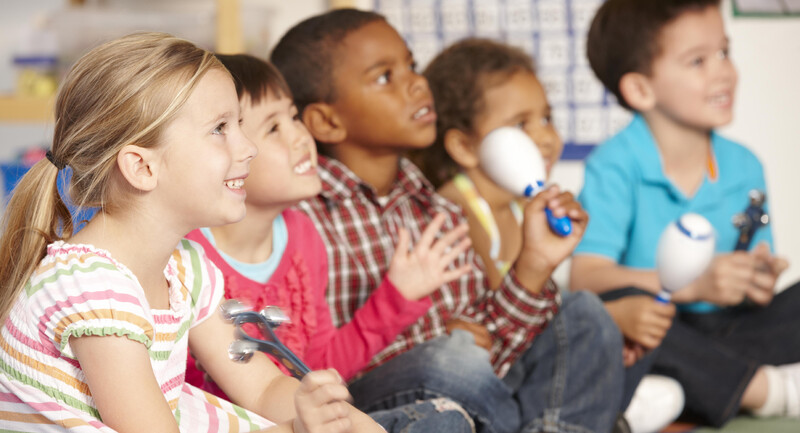A year has passed since COVID-19 began dictating many aspects of our lives, closing most school buildings and threatening not only our physical safety, but also our financial and emotional well-being. Further, longstanding forms of structural racism and their harms have been laid bare in recent months. At this point, our bodies and minds have been subjected to unceasing stress that has compounded daily, weekly, and monthly.
As humans, we’re hardwired to respond to danger by going into survival mode, mobilizing our flight-or-fight response and causing our thinking brain largely to go offline. Research tells us that remaining in this state for prolonged periods can create or exacerbate medical conditions, such as asthma, digestive system difficulties, circulatory diseases, and obesity. It can produce a cognitive fog that makes it harder to think clearly and remember things. It also can cause “dysregulation,” a heightened emotional state where even a mild stressor can cause us to lose control of our behavior. All of us, adults and children alike, are vulnerable to these physiological effects of chronic stress and trauma.
Teachers see the signs every day. Dysregulated students may be irritable or impatient, sad or depressed, anxious or scared. They may appear distracted or ignore the teacher’s directives. They may get up and leave the classroom or suddenly turn off their video feeds. They may lash out at others or even behave aggressively.
When students or adults act this way, we may misinterpret their behavior as oppositional. Instead, we should shift our perspective from “What’s wrong with you?” to “What has happened to you?” That way, we can see the strengths people are bringing to bear despite all they’re up against and can respond more compassionately and effectively.
Here are some tips for dealing with dysregulated behavior in the classroom, and for fostering well-being and resilience for students and staff in the face of the stress we’ve all been experiencing.
1. Incorporate active breaks throughout the day.
Stress causes our bodies to produce neurochemicals, including the hormones adrenaline and cortisol. When these chemicals build up over time, they can wreak havoc on our physical and emotional wellbeing—and potentially cause dysregulated behavior. Kids need activities that allow them to metabolize these neurochemicals so that they don’t build up and become toxic. Consider working in several quick stretching and deep-breathing “breaks” during the day that give their bodies and minds (and yours) a chance to recover.
2. Establish safety.
It’s nearly impossible for us to be our best selves when we don’t feel safe. So we must create school environments, whether virtual or in person, that foster a sense of not only physical but also relational and emotional safety.
Relational safety means we trust that the people in our lives will protect and support us no matter what. We need to ensure our students know we care about them even when they make mistakes or misbehave. If you can help a dysregulated student feel safer, you’ll prevent further emotional outbursts.
We create emotional safety when we bolster our stress management skills and give students opportunities to practice these skills regularly so they become healthy habits. These skills include (a) noticing and naming when we are feeling stressed, (b) verbally expressing our emotions in a way that enables others to understand and support us, and (c) being able to let go of minor irritations (i.e. don’t sweat the small stuff).
Being aware of our own unconscious biases, as well as consistently demonstrating our organizational commitment to fairness, equity, and racial justice, is another key to helping our students feel safe. Unfortunately, unconscious biases tend to make us prone to judging Black and brown students more negatively than their white peers, especially when we’re stressed out. This contributes to disproportionate disciplinary actions that push students of color out of the classroom. So it’s crucial that schools actively counteract these and other forms of individually-mediated and systemic oppression.
3. Build connections.
Caring relationships help us compose ourselves when we’re under stress, keep us healthy in the face of adversity and heal us from trauma. In the era of social distancing, it’s more important than ever to strengthen relationships. Create opportunities for students to connect and have fun with each other, even if it’s in a virtual setting. Let them socialize outside—while wearing masks and maintaining a six-foot distance, of course. Give them a chance to make cards or write letters to family members. Celebrate acts of kindness and altruism.
4. Cultivate a sense of agency.
We know intuitively that having control over our lives makes us healthier, happier and more productive, but science has proven that it also mitigates the effects of toxic stress. Scaffold your students’ learning by engaging them in activities that promote agency and purpose. Teach them to let go of what they can’t control— rules regarding social distancing, for example—and instead focus on what’s within their grasp. Find ways to make taking action to promote social justice part of the curriculum. Or help them shape a narrative about how their families are experiencing and overcoming current adversities.
5. Take time to savor the positive.
Even small bursts of positive emotions like joy, gratitude and compassion help us stay resilient in the face of major stressors. They keep our frontal lobes engaged, which allows us to think and act with intention instead of simply reacting. Give students the chance each day to share something good going on in their lives or in the world.
We’re still right in the middle of challenging times, and there will be more tough days ahead. But if we act with thoughtful intention about how to help—as opposed to inadvertently harming—then we’ll emerge from the pandemic stronger, wiser, and more compassionate.







